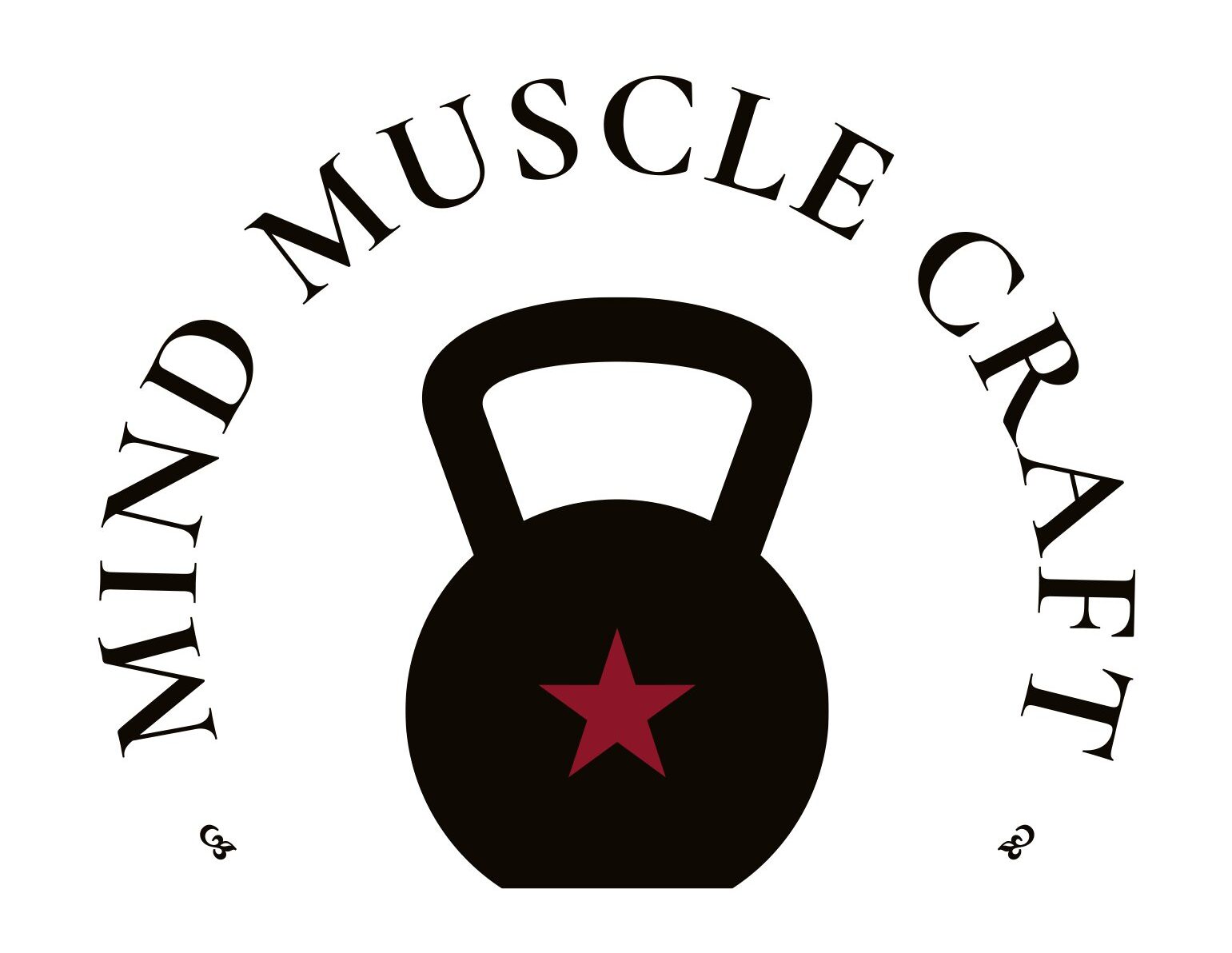Functional training has emerged as a potent and practical fitness approach, gaining popularity for its capacity to improve overall function, stability, flexibility, and strength. This comprehensive training methodology focuses on movements and exercises that not only simulate but also enhance activities of daily living. Whether you’re an athlete aiming to optimize performance or an individual seeking holistic well-being, functional training offers diverse and practical benefits.
Functional training is more than just a workout; it’s a philosophy that aligns fitness with the demands of real life. Here are some key aspects that define the essence of functional training:
Movement Patterns:
Functional training emphasizes natural movement patterns such as pushing, pulling, squatting, rotating, and lifting. It often involves multiple joints and muscle groups working together, engaging core muscles to contribute to overall stability and balance. This versatility allows for a dynamic and adaptable training program tailored to individual needs, incorporating various equipment and modalities from resistance bands and medicine balls to kettlebells and bodyweight exercises.
Athletes leverage functional training to enhance their performance in specific sports. The ultimate goal of functional training is to improve one’s ability to perform everyday activities efficiently and without discomfort – from lifting groceries and carrying children to maintaining good posture while sitting at a desk.
Workouts within the functional training framework are customizable based on individual needs and goals. These programs often include a well-rounded mix of strength training, flexibility exercises, and cardiovascular conditioning, ensuring a holistic approach to fitness.
Functional Training Exercises:
Functional training encompasses a variety of exercises that target movement patterns, stability, and overall functionality, such as squats, deadlifts, push-ups, and pull-ups/chin-ups. Achieving proficiency in exercises like deadlifts and squats requires a patient and systematic approach. Here are some key considerations:
-
Assess Mobility: Before engaging in heavy compound movements, assess your mobility. Check the flexibility and range of motion in your hips, ankles, and shoulders. Addressing mobility restrictions is crucial for injury prevention and optimal performance.
-
Bodyweight Movements: Start with bodyweight exercises and gradually progress to resistance exercises targeting similar movement patterns. Bodyweight squats and lunges are effective for developing neuromuscular control and stability.
-
Focus on Form: Prioritize learning and mastering proper form before adding significant weight. Understand the correct foot placement, hip hinge, and spine alignment for deadlifts, as well as maintaining a proper squat stance and depth.
-
Mobility Drills: Incorporate mobility drills specific to deadlifts and squats. For deadlifts, work on hip mobility and hamstring flexibility. For squats, address hip, ankle, and thoracic spine mobility. Consistent mobility work enhances your range of motion and allows for more comfortable execution.
-
Consistency and Patience: Consistency is key. Allow sufficient time for your body to adapt to the demands of these compound movements. Patience is crucial, and rushing the process increases the risk of injury.
-
Professional Guidance: If possible, seek guidance from a qualified fitness professional or coach. They can provide personalized feedback, corrections, and a structured program to help you safely progress.
Conclusion: Elevating Your Fitness with Functional Training
Functional training stands at the forefront of a fitness revolution, offering a holistic and practical approach to achieving overall well-being. Whether you’re a seasoned athlete or someone embarking on their fitness journey, the principles of functional training can be tailored to meet your specific needs and goals. Embrace the diversity of exercises, focus on foundational movements, and enjoy the journey toward a stronger, more resilient, and functionally fit you.
In a world where the demands of daily life and athletic pursuits intersect, functional training stands as a beacon, guiding individuals toward a balanced and sustainable approach to fitness. So, lace up your training shoes, grab your kettlebell, and step into the realm of functional training – where movement meets purpose, and every workout brings you one step closer to a more vibrant, capable, and functional version of yourself.


Recent Comments